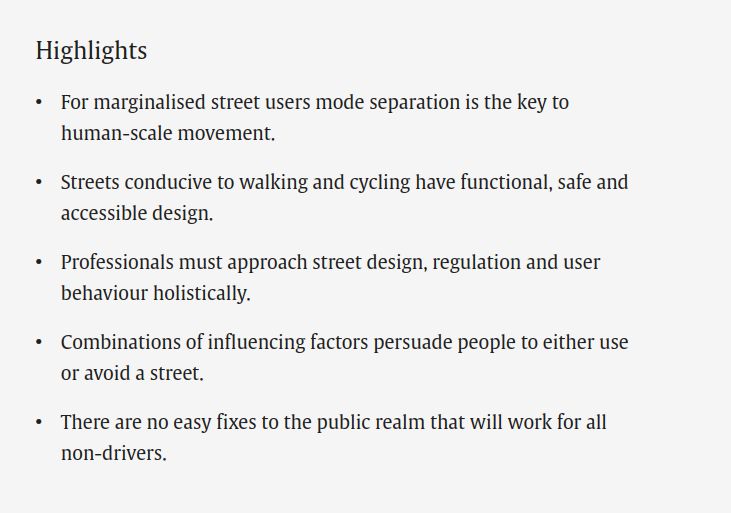City Infinity
@cityinfinity.bsky.social
470 followers
87 following
190 posts
A sustainable mobility design consultancy | Posts by founder, Mark Philpotts @rantyhighwayman.bsky.social | Better streets and places | [email protected] | cityinfinity.co.uk | linkedin.com/company/cityinfinity
Posts
Media
Videos
Starter Packs
Pinned
Reposted by City Infinity
Reposted by City Infinity
Reposted by City Infinity
Reposted by City Infinity
Reposted by City Infinity
Reposted by City Infinity














